

Articles
How To Store Moscato
Modified: January 5, 2024
Learn the best tips and tricks for storing Moscato wine. Read our informative articles on proper Moscato storage to keep your favorite wine fresh and delicious.
(Many of the links in this article redirect to a specific reviewed product. Your purchase of these products through affiliate links helps to generate commission for Storables.com, at no extra cost. Learn more)
Introduction
Welcome to the world of Moscato, a deliciously sweet and aromatic wine that is beloved by many wine enthusiasts. Whether you are a casual wine lover or a connoisseur, proper storage is essential to ensure that your Moscato maintains its quality and flavor over time.
In this article, we will guide you through the process of storing Moscato effectively. From choosing the right storage location to controlling temperature and humidity, we’ll cover all the necessary steps to help you keep your Moscato bottles in optimal condition.
By following our expert tips, you can ensure that each sip of your Moscato will be as delightful as the first, whether you’re enjoying it right away or saving it for a special occasion.
Key Takeaways:
- Store Moscato in a cool, dark place with stable temperature and humidity to preserve its delightful flavors and aromas for future enjoyment.
- Choose dark-colored glass bottles, control temperature and humidity, and avoid strong odors to ensure your Moscato remains fresh and enjoyable.
Read more: How Many Calories Is A Glass Of Moscato
Step 1: Choosing the Right Storage Location
The first step in properly storing your Moscato is selecting the right storage location. The ideal storage location should be cool, dark, and free from fluctuations in temperature and humidity.
Avoid storing your Moscato bottles in areas that are exposed to direct sunlight or heat sources, such as near windows or ovens. Sunlight and excessive heat can degrade the quality of the wine, affecting its flavor and aroma.
Instead, opt for a cool and dark place in your home, such as a basement, closet, or wine cellar. These areas typically offer stable temperature and humidity levels, which are crucial for preserving the integrity of your Moscato.
If you don’t have access to a dedicated wine cellar or basement, consider investing in a wine refrigerator or wine cooler. These appliances are designed to provide the optimal environment for storing wines, including Moscato, at the right temperature and humidity.
Remember, maintaining a consistent temperature is key. The ideal temperature range for storing Moscato is between 45°F (7°C) and 55°F (13°C). Avoid drastic temperature fluctuations, as they can cause the wine to expand and contract, potentially damaging the cork and allowing air to enter the bottle.
By choosing the right storage location, you can create the perfect environment for your Moscato to age gracefully, preserving its flavors and aromas for future enjoyment.
Step 2: Selecting the Appropriate Containers
When it comes to storing Moscato, the choice of containers plays a crucial role in maintaining its quality and flavor. While most Moscato wines come in glass bottles sealed with corks, there are a few factors to consider to ensure proper storage.
First and foremost, opt for wine bottles made of dark-colored glass, preferably green or brown. These colors help to block out harmful UV rays from sunlight, protecting the wine from light exposure, which can lead to oxidation and spoilage.
Next, consider the type of closure for your Moscato bottles. Cork closures are the most common and traditional option, but they require careful handling to maintain a proper seal. It’s essential to store cork-sealed bottles horizontally to keep the cork moist, preventing it from drying out and allowing oxygen to enter the bottle.
Alternatively, some Moscato wines come with screw caps or synthetic closures, which provide a more airtight seal and eliminate the risk of cork taint. These closures are convenient and easy to use, ensuring the wine stays fresh and protected.
Regardless of the closure type, ensure that the bottles are free from any defects or damage. Cracked or chipped bottles can compromise the integrity of the wine, allowing air to seep in and spoil its flavors.
Additionally, consider the size of the bottles. While standard 750ml bottles are the most common, you may also come across Moscato in smaller formats, such as 375ml half bottles or larger sizes like magnums (1.5 liters) or even larger formats. Choose the bottle size that suits your needs, keeping in mind that larger bottles often age the wine more slowly due to lower oxygen exposure.
By selecting the appropriate containers for your Moscato, you can ensure that the wine remains protected and retains its quality, ready to be enjoyed when the time is right.
Step 3: Controlling Temperature and Humidity
Temperature and humidity control are crucial elements in preserving the taste and aroma of your Moscato. Improper levels of either can lead to spoilage and deterioration of the wine. Here’s what you need to know:
Firstly, maintaining a consistent and moderate temperature is vital. The ideal temperature range for storing Moscato is between 45°F (7°C) and 55°F (13°C). Fluctuations in temperature can cause the wine to expand and contract, potentially damaging the cork and allowing air to enter the bottle. Avoid storing your Moscato in areas prone to extreme temperature changes, such as near heating vents or in unheated spaces.
Additionally, ensure that the humidity levels in your storage area remain between 50% and 75%. High humidity can lead to mold growth and label damage, while low humidity can cause corks to dry out, compromising the seal. To maintain proper humidity, consider using a humidifier or placing a dish of water in your storage area to add moisture to the air.
Avoid storing your Moscato bottles in areas that are excessively damp or prone to humidity fluctuations, such as basements with water leakage issues. Excessive humidity can lead to mold growth on labels and the deterioration of the wine’s overall quality.
Investing in a temperature and humidity monitoring device, such as a hygrometer, can help you accurately assess and regulate these factors in your storage area. It’s also a good practice to periodically check the temperature and humidity levels to ensure they remain within the appropriate ranges.
By controlling the temperature and humidity in your storage area, you can provide the optimal conditions for your Moscato to age gracefully, preserving its flavors and aromas over time.
Step 4: Protecting from Light Exposure
Light exposure can have a detrimental effect on the quality and longevity of your Moscato. Ultraviolet (UV) rays from both natural and artificial light sources can cause chemical reactions in the wine, leading to oxidation and flavor degradation. To protect your Moscato from light exposure:
Store your Moscato bottles in a dark location away from direct sunlight. Sunlight, especially the UV rays it contains, can penetrate through clear glass bottles and accelerate wine aging. Consider using opaque storage containers or wrapping your bottles in wine bottle sleeves to provide an additional layer of protection.
Avoid fluorescent and incandescent lighting, as they emit high levels of UV radiation. If you have no other choice but to store your wine in a lit area, use low-intensity LED lights or cover the bottles with a cloth or cardboard to shield them from direct light.
When serving your Moscato, try to do so in dimmer lighting conditions to minimize exposure to light. This will help maintain the wine’s quality and prevent any unwanted changes to its flavor profile.
Remember, even a few minutes of exposure to light can impact the delicate flavors of Moscato. So, take the necessary precautions to protect your bottles from light, and you’ll be able to enjoy your wine at its best.
Store Moscato in a cool, dark place away from direct sunlight and heat sources. Keep the bottle upright to minimize oxidation and store at a consistent temperature to maintain its flavor.
Read more: How To Store Basil From Store
Step 5: Storing Moscato Bottles in the Correct Position
The position in which you store your Moscato bottles can have a significant impact on the wine’s overall quality and longevity. Follow these guidelines to ensure you store your bottles in the correct position:
If your Moscato bottles have traditional cork closures, store them horizontally. Storing wine horizontally allows the wine to keep the cork moist, preventing it from drying out. A dry cork can shrink and lead to unwanted oxygen exposure, resulting in spoiling the wine.
By keeping the bottle on its side, the wine stays in contact with the cork, ensuring a tight seal that prevents air from entering the bottle. This horizontal storage position is especially important for long-term aging or storing Moscato wines for extended periods.
If your Moscato has a screw cap or synthetic closure, you can store it upright or horizontally. These closures provide a more airtight seal, eliminating the risk of oxidation even if the bottle is stored upright.
Remember to be cautious when moving horizontally stored bottles as the sediment may have settled in the wine. Gently rotate and allow the sediment to settle before opening the bottle to avoid disturbing the sediment.
By storing your Moscato bottles in the correct position, you ensure that the wine remains in optimal condition, preserving its flavor, and allowing it to age gracefully.
Step 6: Avoiding Strong Odors and Flavors
The characteristics of Moscato wine are delicate and aromatic, making it susceptible to absorbing strong odors and flavors from its surroundings. To preserve the integrity of your Moscato, follow these tips for avoiding strong odors and flavors:
Store your Moscato away from strong-smelling substances: Keep your wine away from areas that emit strong odors, such as cleaning products, spices, and perfumes. Even the slightest exposure to these scents can seep into the wine and alter its delicate flavors.
Avoid storing Moscato near foods with strong odors: Foods like onions, garlic, and strong cheeses can emit potent aromas that may permeate through the cork and taint the wine. Keep your Moscato away from the kitchen or any area in your home where strong-smelling foods are stored.
Separate your Moscato from other wines: If you have a wine collection and store multiple types of wine, it’s important to keep Moscato separate from red wines or wines with intense flavors. The strong flavors and aromas of other wines can transfer to the Moscato bottles, compromising its original character.
Consider using wine bottle sleeves or cellar dividers: If storing your Moscato alongside other wines is unavoidable, use wine bottle sleeves or cellar dividers to provide an extra layer of protection. These barriers help prevent cross-contamination of aromas between the different wines.
By avoiding strong odors and flavors in the vicinity of your Moscato, you can ensure that the delicate aromas and flavors of the wine remain intact, allowing you to enjoy its true essence with every sip.
Step 7: Monitoring the Shelf Life of Moscato
Monitoring the shelf life of your Moscato is crucial to ensure that you enjoy it at its best. While Moscato is generally meant to be consumed while it’s still young and fresh, there are a few factors to consider:
Check the producer’s recommended drinking window: Moscato, like all wines, has an optimal time frame for consumption. Check the producer’s recommendations on the bottle or their website to get an idea of when it is best to enjoy the wine. Most Moscato wines are meant to be consumed within a few years of their vintage date.
Inspect the color and clarity: Over time, Moscato wines can lose their vibrancy and start to show signs of oxidation. Check the color of the wine before opening the bottle. Moscato should have a pale to medium gold color. If the color appears overly dark or brownish, it may be an indication that the wine is past its prime.
Assess the aromas and flavors: Moscato wines are known for their fresh and fruity aromas, often reminiscent of peaches, apricots, and floral notes. If the wine smells ‘off’ or has developed unpleasant aromas of vinegar or oxidation, it may have spoiled. Similarly, taste the wine to ensure that the flavors are still vibrant and enjoyable.
Consider the storage conditions: The way you have stored your Moscato plays a significant role in its shelf life. If you have followed the previous steps in this guide, such as controlling temperature, humidity, and avoiding light exposure, your Moscato is more likely to retain its freshness for a longer period.
Finally, trust your senses: Your senses are your best tool for determining if your Moscato is still enjoyable. If the wine looks and smells good, and the flavors are pleasant, then it is likely still within its shelf life and can be enjoyed.
Remember that each bottle of Moscato may have a slightly different lifespan, depending on factors such as the producer, vintage, and storage conditions. By monitoring the shelf life of your Moscato and taking these factors into account, you can ensure that you open the bottle at the right time to savor its optimal flavors.
Conclusion
Congratulations! You are now equipped with the knowledge and tips to store your Moscato properly. By following the steps outlined in this guide, you can ensure that your Moscato wine remains in optimal condition, delivering delightful flavors and aromas each time you uncork a bottle.
Remember to choose the right storage location, maintaining cool and consistent temperatures while controlling humidity levels. Protect your Moscato from light exposure, store the bottles in the correct position, and keep them away from strong odors and flavors that can affect the wine’s delicacy.
Additionally, monitoring the shelf life of your Moscato is important. Keep an eye on the recommended drinking window, inspect the color and clarity of the wine, and trust your senses when assessing the aroma and flavor profile. Be sure to consider the storage conditions to determine if the wine has remained in good condition.
Whether you’re enjoying your Moscato wine right away or saving it for a special occasion, proper storage is essential to maintain its quality. By following these steps, you can elevate your Moscato tasting experience to new heights.
So, savor the sweetness and fragrance of Moscato, and enjoy every sip knowing that you’ve taken the necessary steps to ensure its longevity and optimal enjoyment. Cheers!
Frequently Asked Questions about How To Store Moscato
Was this page helpful?
At Storables.com, we guarantee accurate and reliable information. Our content, validated by Expert Board Contributors, is crafted following stringent Editorial Policies. We're committed to providing you with well-researched, expert-backed insights for all your informational needs.


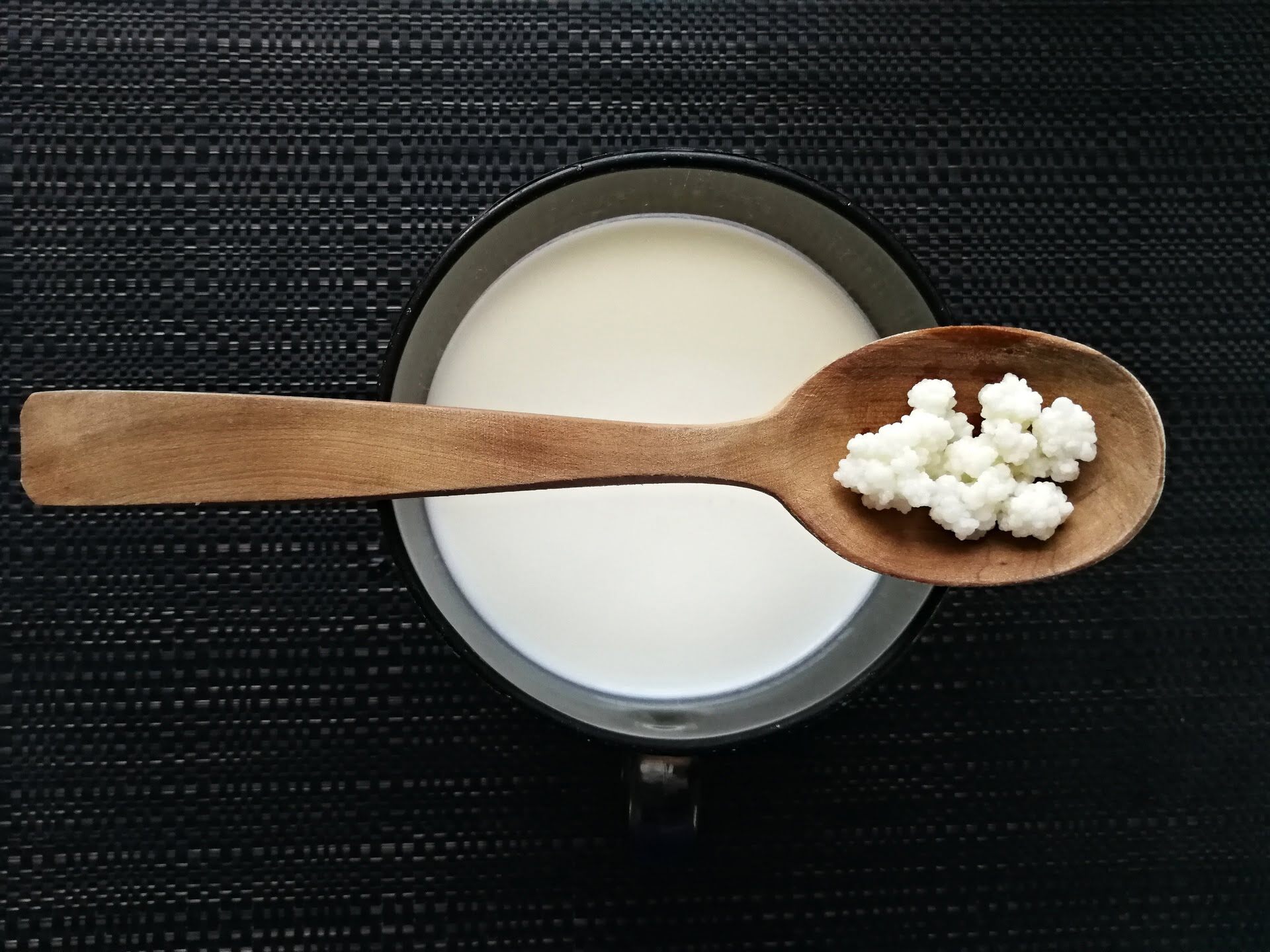
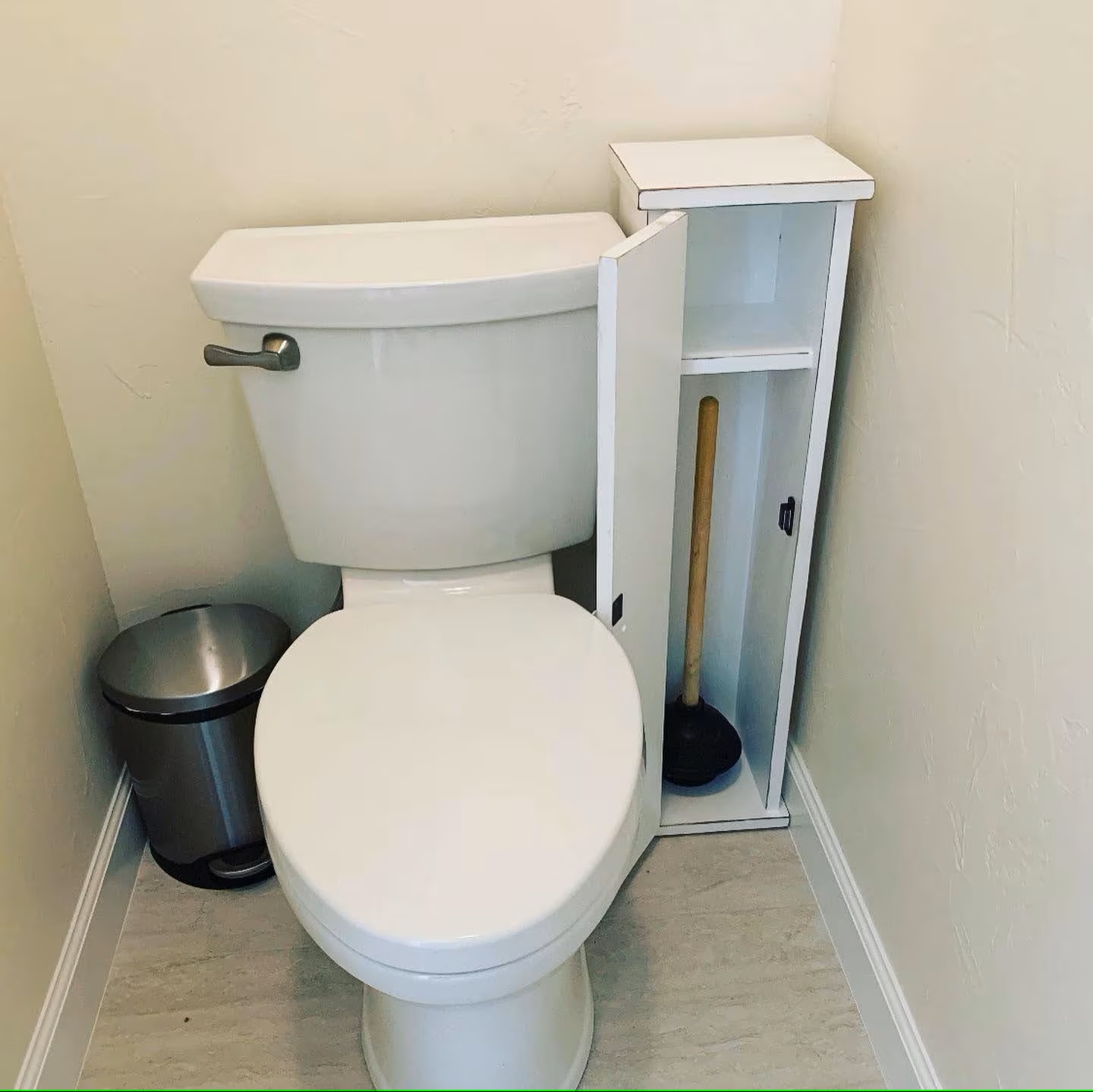
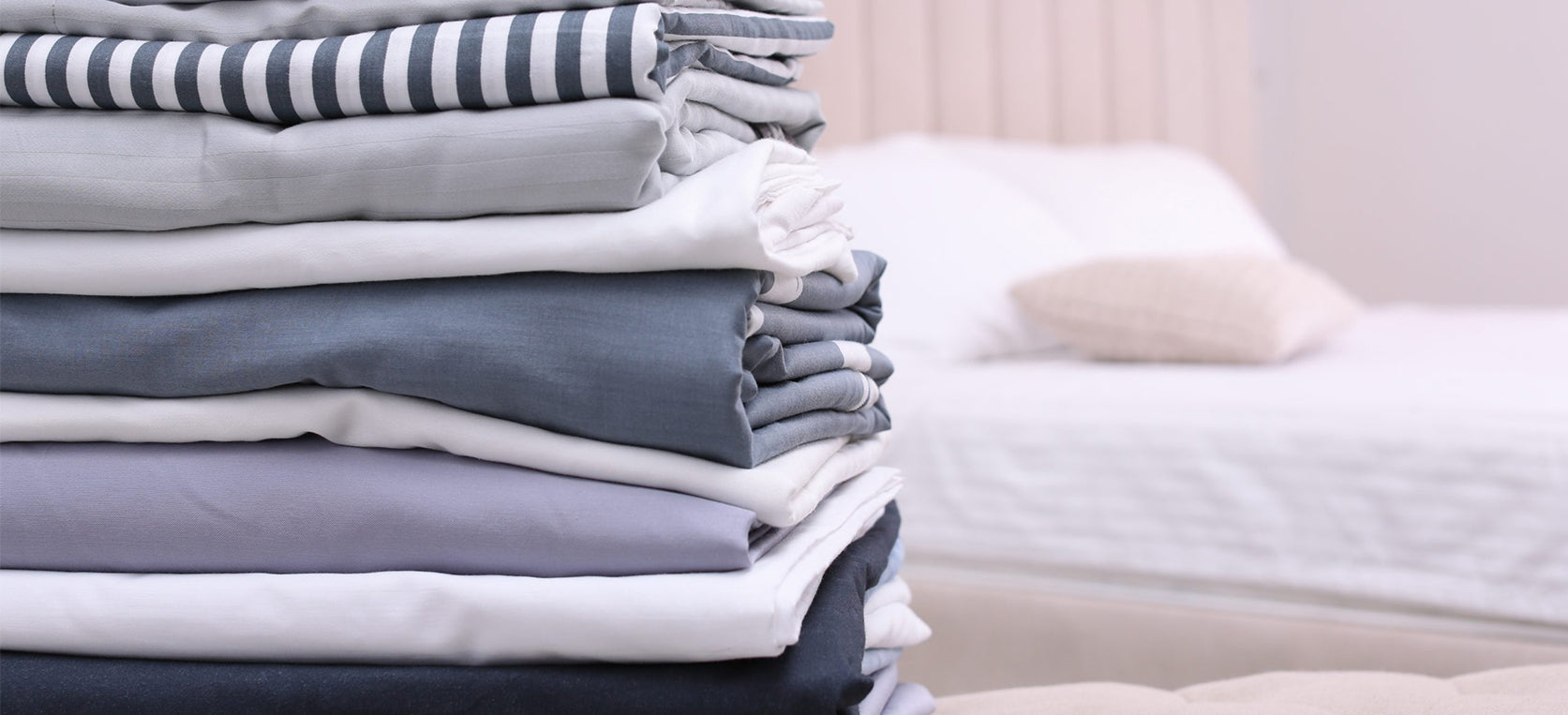
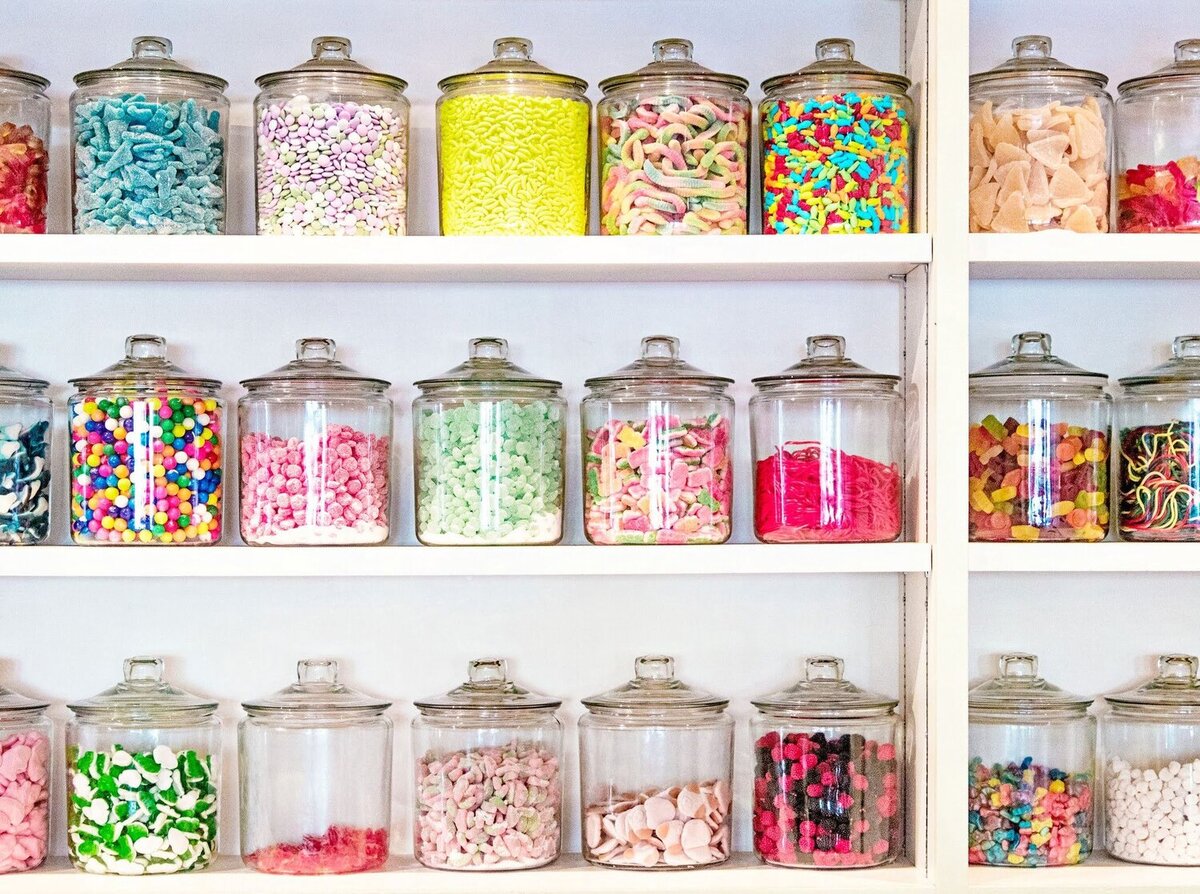
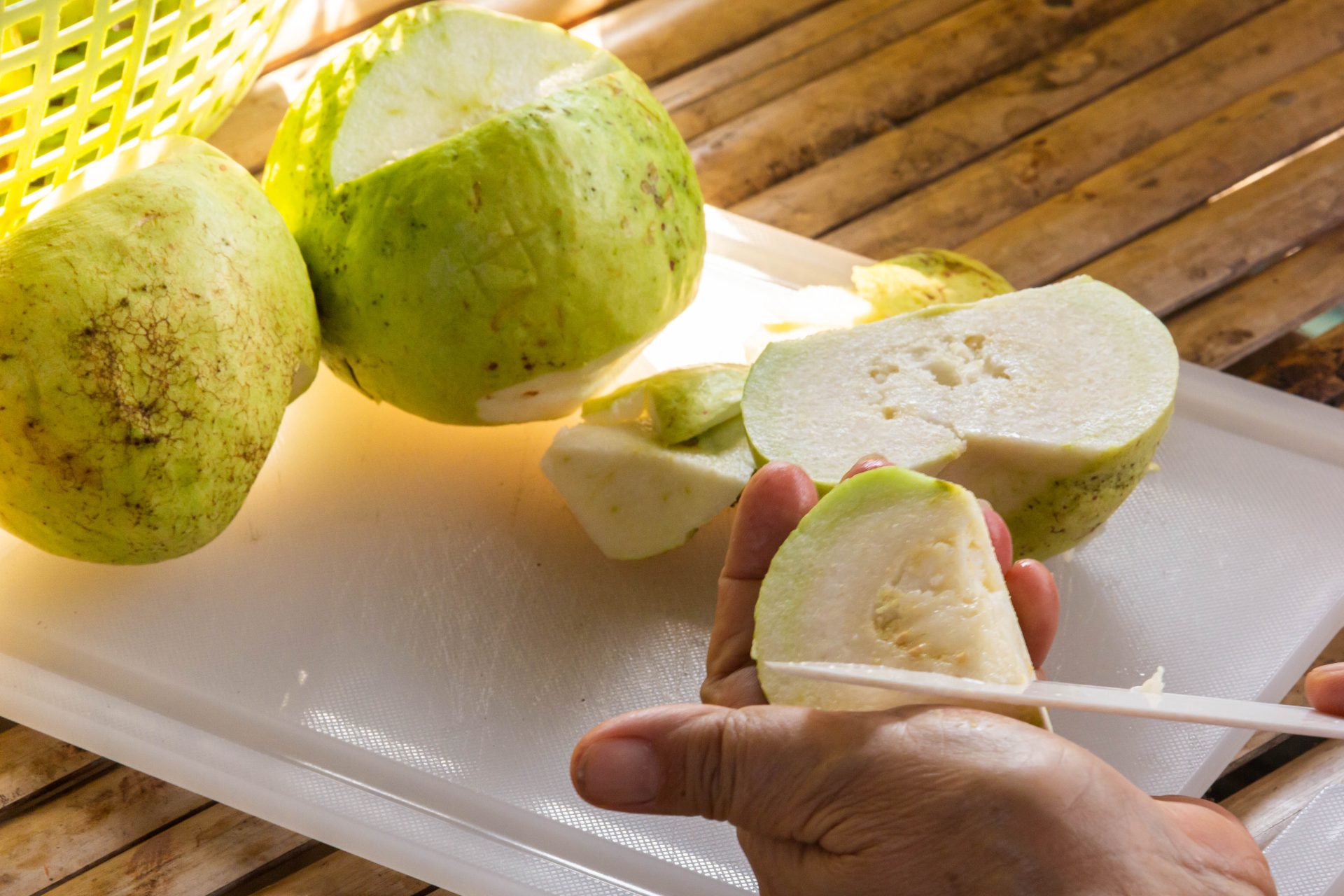
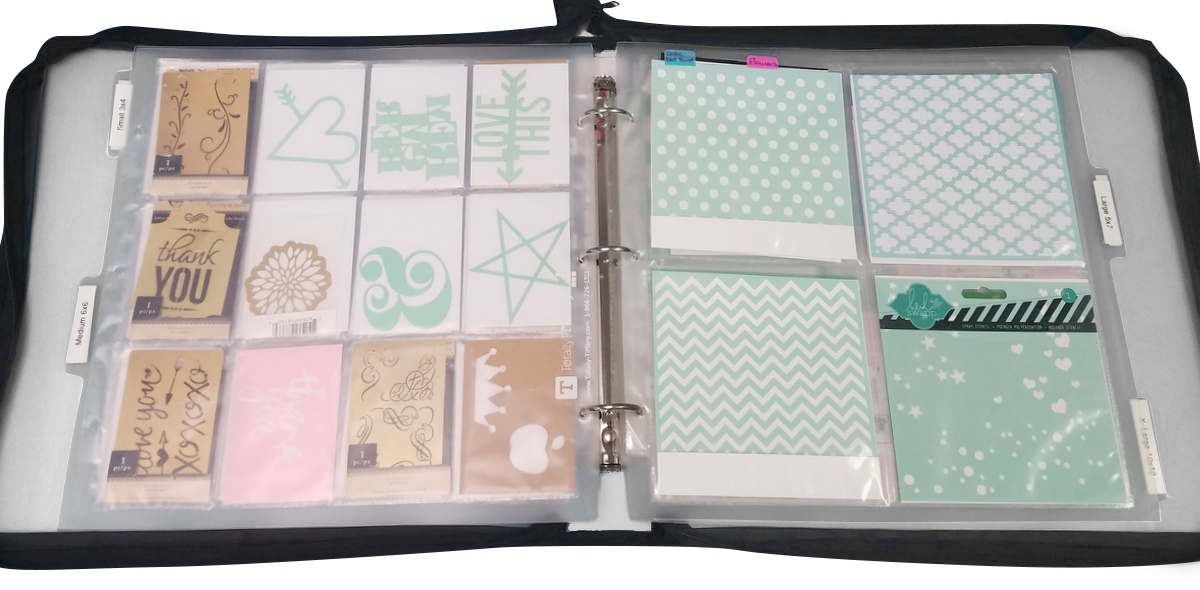


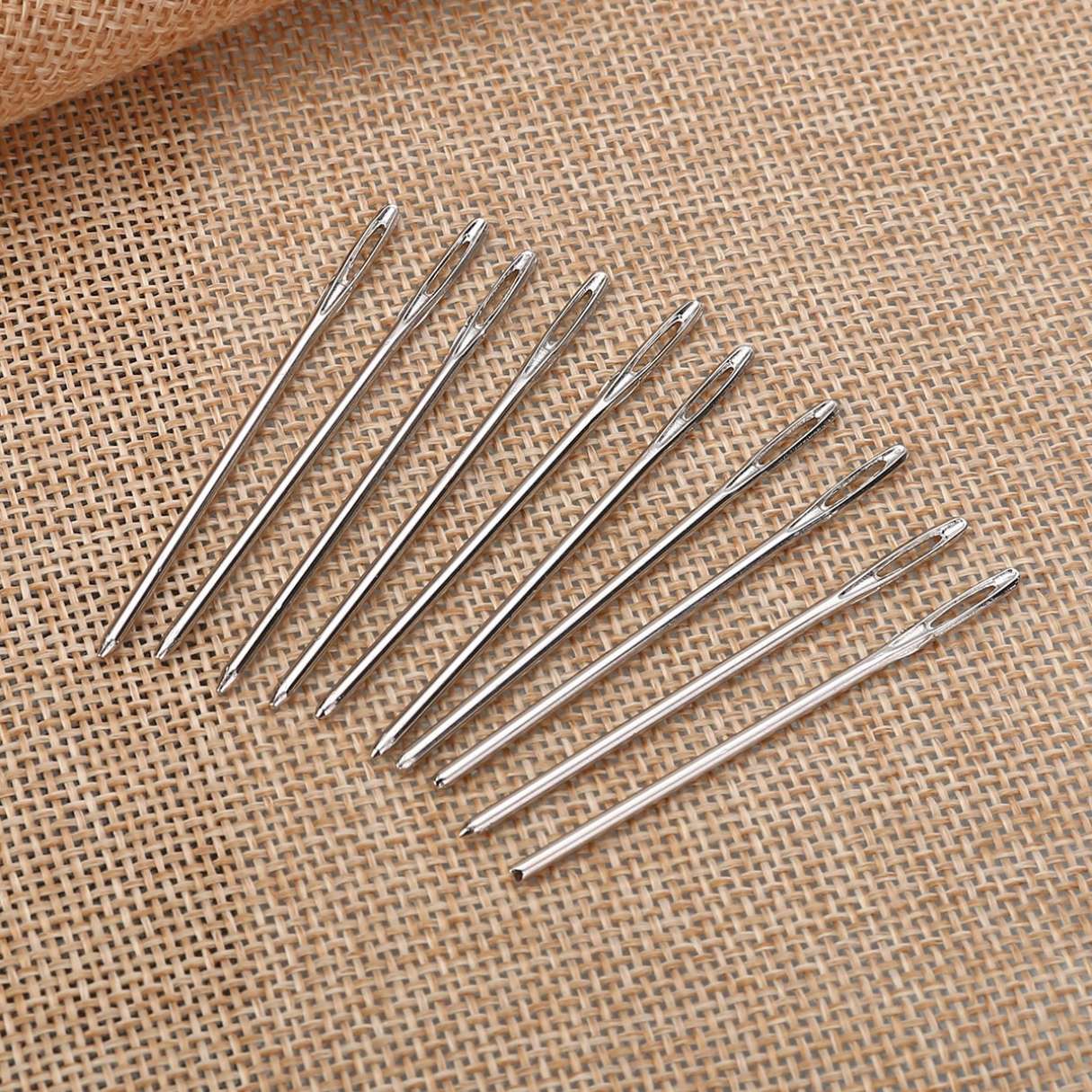
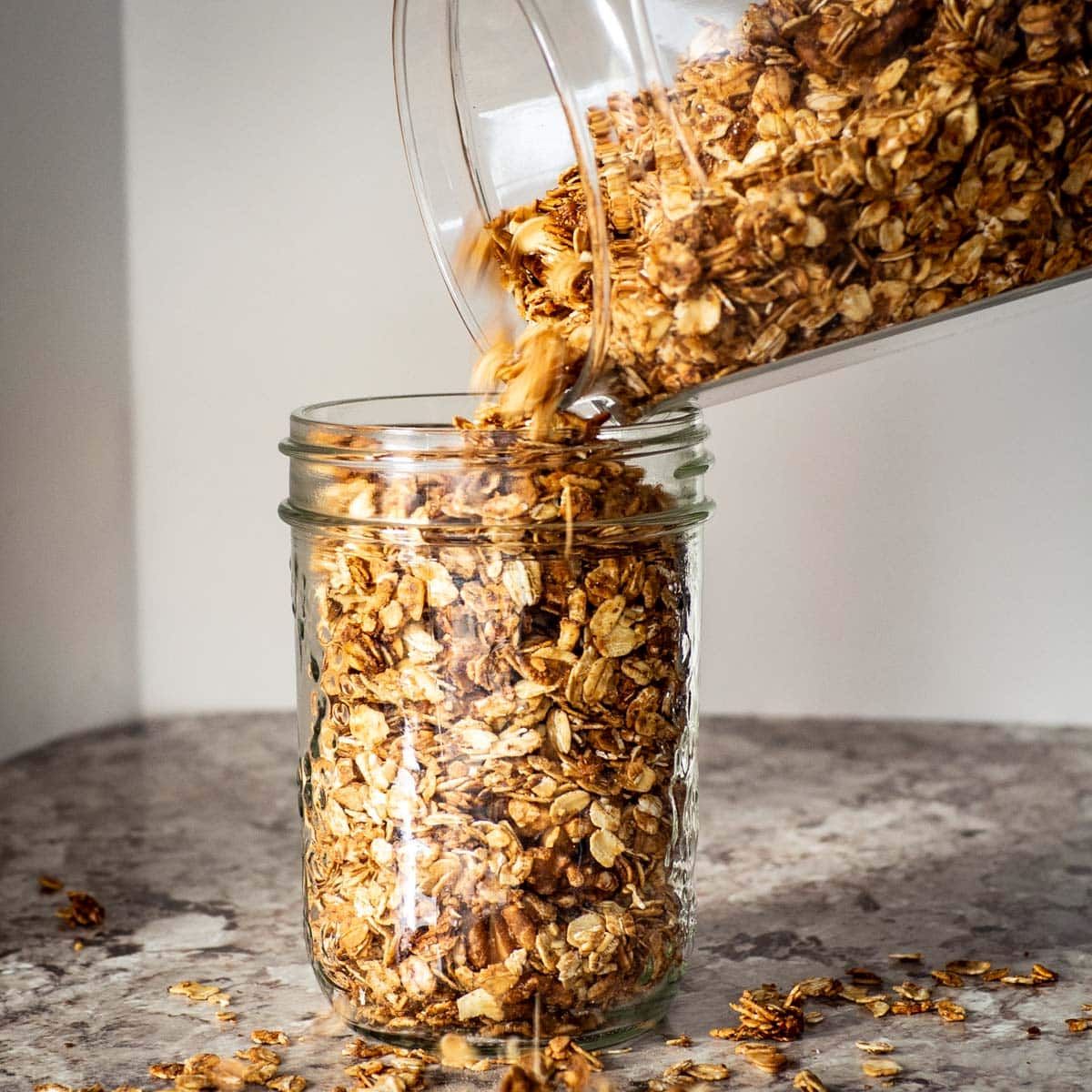
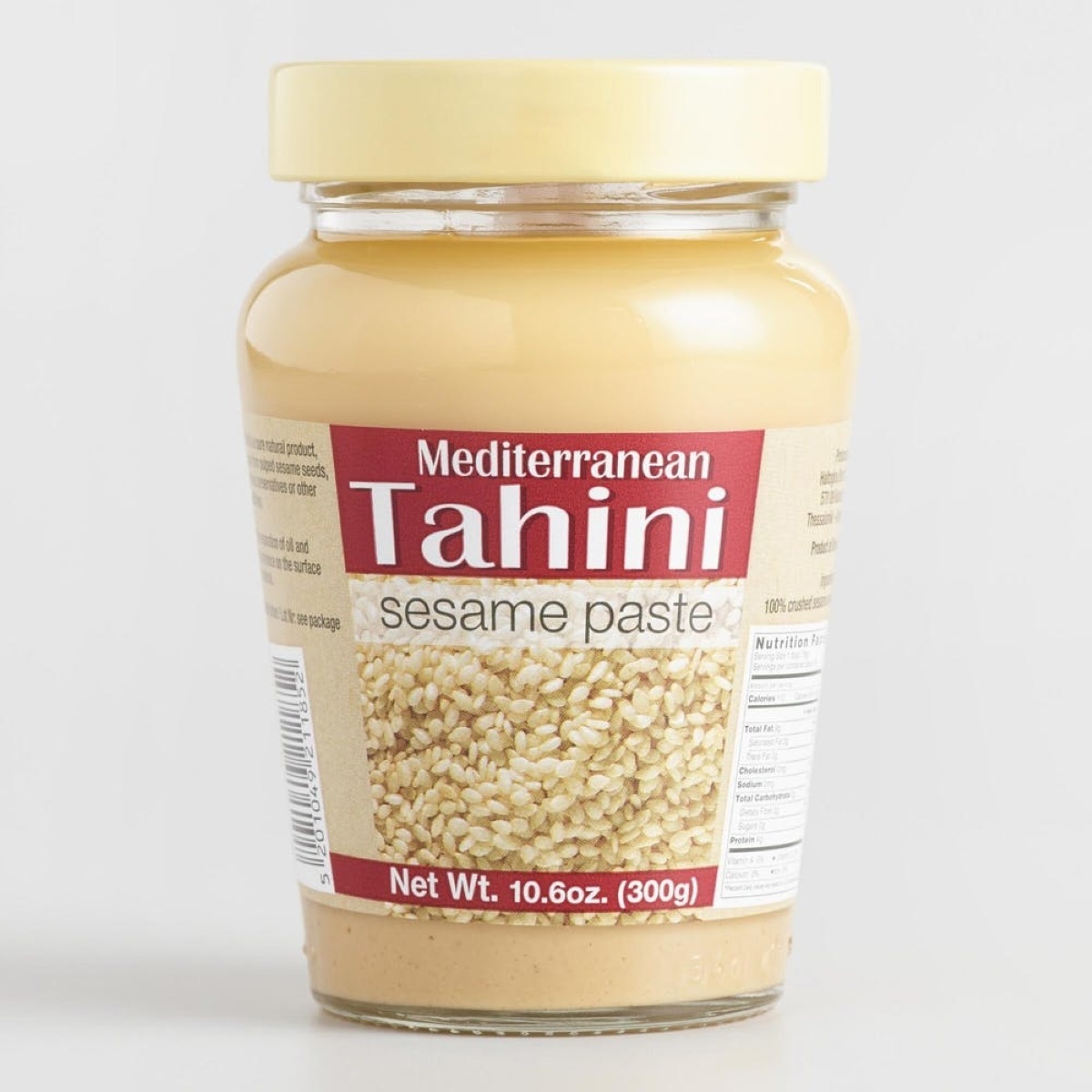
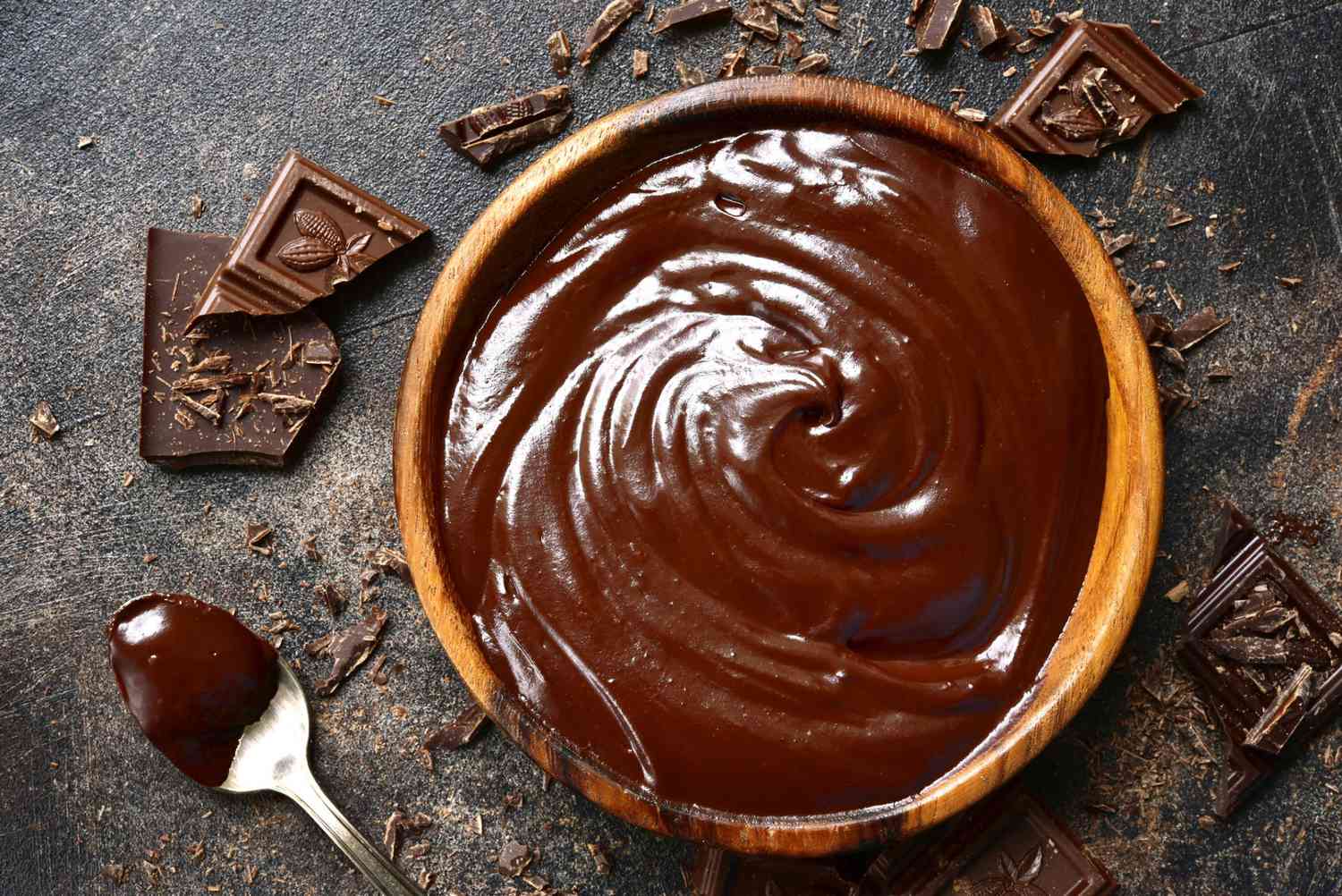

0 thoughts on “How To Store Moscato”